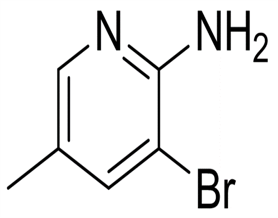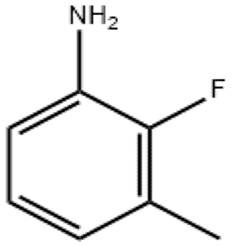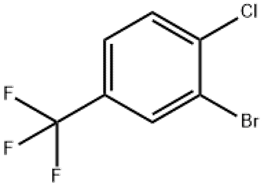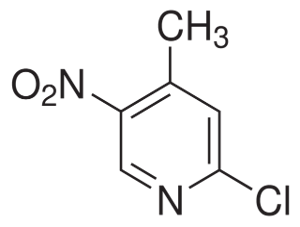2-Amino-3-bromo-5-methylpyridine(CAS# 17282-00-7)
Risk and Safety
| Risk Codes | R36/37/38 – Irritating to eyes, respiratory system and skin. R20/21/22 – Harmful by inhalation, in contact with skin and if swallowed. |
| Safety Description | S26 – In case of contact with eyes, rinse immediately with plenty of water and seek medical advice. S36 – Wear suitable protective clothing. S36/37/39 – Wear suitable protective clothing, gloves and eye/face protection. |
| WGK Germany | 3 |
| HS Code | 29333999 |
| Hazard Class | IRRITANT |
2-Amino-3-bromo-5-methylpyridine(CAS# 17282-00-7)introduction
2-Amino-3-bromo-5-methylpyridine is an organic compound. The following is an introduction to the characteristics, uses, preparation methods and safety information of 2-amino-3-bromo-5-methylpyridine:
Quality:
- Appearance: 2-Amino-3-bromo-5-methylpyridine is a colorless to pale yellow solid.
- Solubility: It is limited in water but soluble in organic solvents.
Use:
- It can also be used to synthesize organic synthetics and functional materials.
Method:
- 2-Amino-3-bromo-5-methylpyridine is generally obtained by reacting 2-amino-3-bromopyridine with methyl halides. The specific preparation method can be found in the literature or synthesis manual.
Safety Information:
- 2-Amino-3-bromo-5-methylpyridine may be irritating to the skin, eyes, and respiratory tract.
- When operating, appropriate personal protective measures such as gloves, protective eyewear, and gas masks should be taken.
- It needs to be operated in a well-ventilated area to avoid inhaling its dust or vapours.
- In case of contact or accidental ingestion, wash the affected area immediately or seek medical attention as soon as possible. When handling and storing chemicals, relevant safe practices and regulations should be observed.







![2-(2 2-difluorobenzo[d][1 3]dioxol-5-yl)acetonitrile(CAS# 68119-31-3)](https://www.xinchem.com/uploads/222difluorobenzod13dioxol5ylacetonitrile.png)
